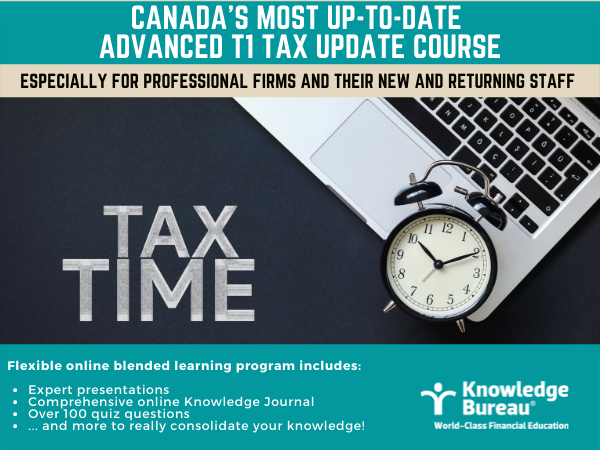Last updated: February 16 2022
Effective Home Buyer’s Plan Strategy

José L Riquelme, CPA, CGA
It is no secret that the dream of home ownership is getting out-of-reach for thousands of Canadians, not only in the major Metropolitan areas of the country, but also in the suburbs. Accessing the Home Buyer’s Plan within the RRSP is an important strategy that can help first time home buyers realize their dreams of home ownership. It’s another reason not to miss the RRSP contribution deadline, coming up shortly on March 1.
According to the Canadian Real Estate Association, the national average home price in January 2022 hit a record of $748,450. This represents a 21% increase over the same month in 2021 when the average price was $618,587. In the Greater Vancouver and Greater Toronto Areas, the average home reached a staggering price of over $1.2 million.
Governments at all levels are trying to develop strategies to make housing more affordable, however, they have achieved little success as prices are increasing throughout the country. It is difficult for the average young family to come up with a down payment of 20% to avoid the costly mortgage Insurance as required by Canada Housing Mortgage Corporation (CHMC).
Based on the national average home price described above, the minimum down-payment required would be $49,845 (or 6.66%) – the minimum 5% down-payment applies to properties costing less than $500,000. The CHMC premiums would be another $27,994 which represents a 4% premium to be added to the mortgage balance. This premium goes down to 3.10% when a 10% down payment is made and goes down even lower to 2.80% when a down-payment of between 15% and 19.99% is advanced. Although necessary, this insurance makes housing even more unaffordable for first-time home buyers.
One government program that helps reduce the affordability gap is the Home Buyer’s Plan (HBP), available to those who qualify as first-time home buyers. This government program allows an individual to withdraw funds from their RRSP and avoid the income inclusion and corresponding tax consequences in order to buy or build their first home.
All amounts withdrawn must be repaid as a non-deductible RRSP contribution starting 2 years from the withdrawal year and for a period of 15 years. If any or all of the annual repayments are not contributed back into the RRSP, the corresponding repayment portion for the year will be included back into the income of the taxpayer. The HBP can be used by either or both spouses and each can withdraw up to $35,000 provided they have the RRSP contribution room available. If a person only has $15,000 of RRSP contribution room, this person can only contribute and later withdraw up to $15,000, for example.
The Strategy
Let’s use the example of a young couple in their mid-thirties. Through personal savings and help from their parents, the couple is able to put a down-payment of $70,000 for their first home. They each have accumulated RRSP contribution room in excess of $35,000. They have saved $10,000 each in their RRSP in previous years and received a $50,000 gift from their parents.
A common mistake would be to withdraw the $20,000 and use the additional $50,000 for the down-payment. The best use of the extra $50,000 they received, would be to contribute $25,000 each into their RRSP. The new RRSP contribution must stay for at least 90 days in the plan before withdrawal, otherwise, the deduction is not allowed. This additional RRSP contribution will result in significant tax savings for each spouse and the funds can be utilized right after the 90-day holding period.
The subsequent refund may be used for home renovations, savings, etc. Both spouses will receive a T4RSP in the year of withdrawal which will have to be included in their tax returns, although no tax liability will arise. They will start repaying the HBP after the second year of withdrawal and each will have to contribute 1/15th of the $35,000 or $2,333.33 for the next 15 years. These amounts will be tracked in their respective Notices of Assessment.
While this is not the solution to the unaffordable housing problem, this strategy will put a few thousand dollars back into your pocket and help alleviate the stress of likely making the biggest investment of your life.
Additional educational resources: Don’t miss this opportunity to take Canada’s most up-to-date and comprehensive Advanced T1 Tax Update Course for Professional Tax Accounting firms and their new and returning staff who will file 2021 T1 Returns. This is Canada’s #1 tax training program for busy practice owners who need to recruit and train staff in time for this tax season.
